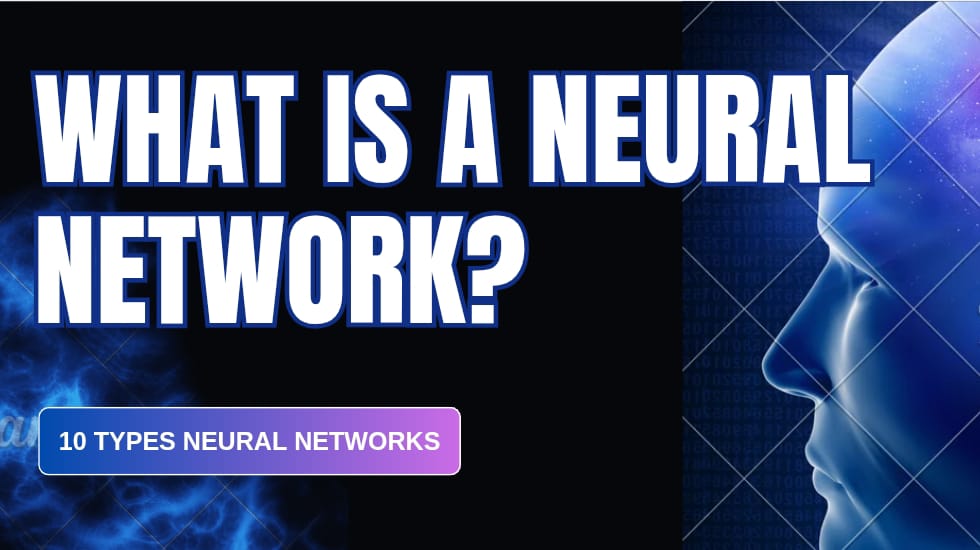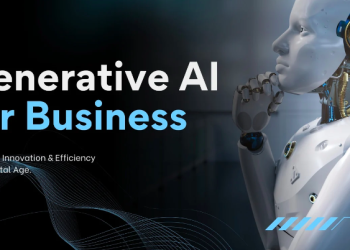Neural Networks Decoded: The AI Revolution Powering the Future!
Introduction
Neural networks are a fundamental concept in artificial intelligence (AI) and machine learning (ML), inspired by the structure and function of the human brain. They enable computers to learn from data, recognize patterns, and make decisions with minimal human intervention. From image recognition and natural language processing (NLP) to self-driving cars and medical diagnosis, neural networks power some of the most advanced AI systems today.
In this comprehensive guide, we will explore:
1. What is a Neural Network?
A neural network is a model prepared to imitate how biological neurons process information. It consists of interconnected nodes (neurons) organized in layers that work together to analyze input data and produce an output.
Key Characteristics:
✔ Adaptive Learning: Improves performance as it processes more data.
✔ Parallel Processing: Can handle multiple computations simultaneously.
✔ Fault Tolerance: Can still function even if some neurons fail.
✔ Nonlinearity: Can model complex, real-world data patterns.
2. Biological vs. Artificial Neural Networks
| Feature | Biological Neural Network (Brain) | Artificial Neural Network (AI) |
|---|---|---|
| Basic Unit | Neuron (biological cell) | Artificial neuron (node) |
| Processing Speed | Milliseconds | Nanoseconds (faster in computation) |
| Learning Mechanism | Synaptic plasticity (strengthening/weakening connections) | Weight adjustments via backpropagation |
| Energy Efficiency | Highly efficient (~20 watts) | Power-hungry (requires GPUs/TPUs) |
| Scalability | Limited by biology | Virtually unlimited (cloud computing) |
3. History & Evolution of Neural Networks
Key Milestones:
- 1958: Frank Rosenblatt develops the Perceptron, the first trainable neural network.
- 1969: Minsky & Papert prove limitations of single-layer perceptrons, leading to an AI winter.
- 1986: Backpropagation algorithm revives interest in deep learning.
- 2012: AlexNet sparking the deep learning revolution.
- 2020s: Transformers (e.g., GPT, BERT) dominate NLP, and neural networks power AI like ChatGPT.
4. Key Components of a Neural Network
A. Neurons (Nodes)
- Basic processing units that apply weights, biases, and activation functions.
B. Layers
- Input Layer: Receives raw data (e.g., pixels, text).
- Hidden Layers: Perform computations (can be multiple).
- Output Layer: Produces final prediction (e.g., classification).
C. Weights & Biases
- Weights: Determine connection strength between neurons.
- Bias: Adjusts output along with the weighted sum.
D. Activation Functions
- Introduce non-linearity (e.g., ReLU, Sigmoid, Tanh).
E. Loss Function
- Measures prediction error (e.g., Mean Squared Error, Cross-Entropy).
F. Optimizer
- Adjusts weights to minimize loss (e.g., SGD, Adam).
5. Types of Neural Networks
| Type | Description | Applications |
|---|---|---|
| Feedforward NN | Simplest type, data flows one way | Basic classification |
| Convolutional NN (CNN) | Uses filters for spatial data | Image recognition, video analysis |
| Recurrent NN (RNN) | Processes sequential data (memory) | Speech recognition, NLP |
| Long Short-Term Memory (LSTM) | Advanced RNN with memory gates | Time-series forecasting |
| Transformer | Uses self-attention mechanisms | ChatGPT, BERT, GPT-4 |
| Generative Adversarial Network (GAN) | Two NNs competing (generator vs. discriminator) | AI art, deepfakes |
6. How Neural Networks Learn (Training Process)
- Forward Propagation:
- Loss Calculation:
- Compares prediction with actual value.
- Backpropagation:
- Adjusts weights using gradient descent.
- Optimization:
- Minimizes loss via optimizers (e.g., Adam).
7. Activation Functions & Their Role
| Function | Formula | Use Case |
|---|---|---|
| Sigmoid | σ(x) = 1 / (1 + e⁻ˣ) | Binary classification |
| ReLU | max(0, x) | Most hidden layers (prevents vanishing gradient) |
| Softmax | eˣ / ∑eˣ | Multi-class classification |

For More Information -> LINK
8. Loss Functions & Optimization
Common Loss Functions:
- Mean Squared Error (MSE) – Regression tasks.
- Cross-Entropy Loss – Classification tasks.
Optimization Techniques:
- Stochastic Gradient Descent (SGD)
- Adam (Adaptive Moment Estimation) – Most popular.
9. Applications of Neural Networks
✅ Computer Vision (Facial recognition, object detection)
✅ Natural Language Processing (ChatGPT, translation)
✅ Autonomous Vehicles (Tesla’s self-driving AI)
✅ Healthcare (Disease detection, drug discovery)
✅ Finance (Fraud detection, stock prediction)
10. Challenges & Limitations
⚠ High Computational Cost (Requires GPUs/TPUs)
⚠ Black Box Problem (Hard to interpret decisions)
⚠ Overfitting (Model memorizes training data)
⚠ Data Hunger (Needs massive labeled datasets)
11. Future of Neural Networks
🔮 Neuromorphic Computing (Brain-like chips)
🔮 Explainable AI (XAI) (More transparent decisions)
🔮 Quantum Neural Networks (Faster training)
🔮 Edge AI (On-device neural networks)
Conclusion
Neural networks are highly works behind the modern AI, as machines to learn, adapt, and operation likeimpossible works. As research advances, they will continue revolutionizing industries—from healthcare to autonomous systems.
Want to experiment with neural networks?
- Try TensorFlow Playground (https://playground.tensorflow.org)
- Learn via PyTorch tutorials (https://pytorch.org/tutorials)






